My family's summer home in the Adirondacks has made Saratoga Springs an adopted neighbor-town, and a favorite place to go for the restaurants, shopping, and, of course, the racetrack.
Once or twice a summer, we'd spend an afternoon at the track — betting only on the horses with the best names, naturally.
While growing up I took a few riding lessons here and there, and I've always enjoy the excuse the Derby provides for mixing up a batch of juleps, but can't say I know much about the history of horse racing.
Over the holidays, I visited the National Museum of Racing and Hall of Fame — or, the Saratoga Racing Museum.
This museum is so jam-packed with history, interactive displays, and artwork this is just the first installment of posts on the museum.
So, let's begin with the history!
Horse racing is a centuries-old tradition. In fact, people have been racing with horses in some capacity or other since ancient Rome (if not before!).
But, the horse racing we know of today, with starting gate, and small jockeys crouched on top of thousand pound powerhouses was originally a European tradition.
The English are ultimately responsible for modern racing, an instant hit in the young States.
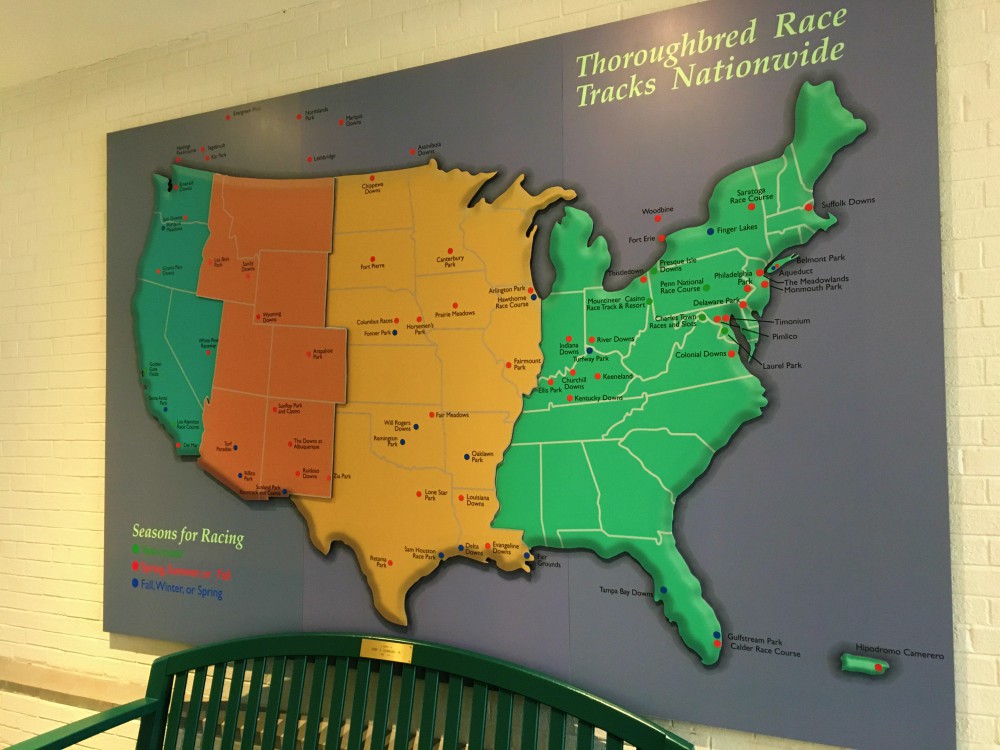 Map of US thoroughbred race tracks
Map of US thoroughbred race tracks
As a centuries old institution, racing has a fair amount of controversy — from the treatment of the animals, to the abuse of the minorities who work the tracks or jockey, to the eating disorders that "help" jockeys make their weights for racing.
With all of this in mind, its difficult to understand why the public has so loved horse racing, but if you've seen a horse up close let alone ridden I'll bet you could feel the power emanating from it.
And, not to forget the controversies of this sport, but if you've seen a horse move, with or without rider, it is clear that these incredible animals were meant to run.
The museum helps illustrate this, with a gallery space dedicated to the anatomy of the horse to explain how these animals can move at such fast paces, and how they can change their gait mid-run.
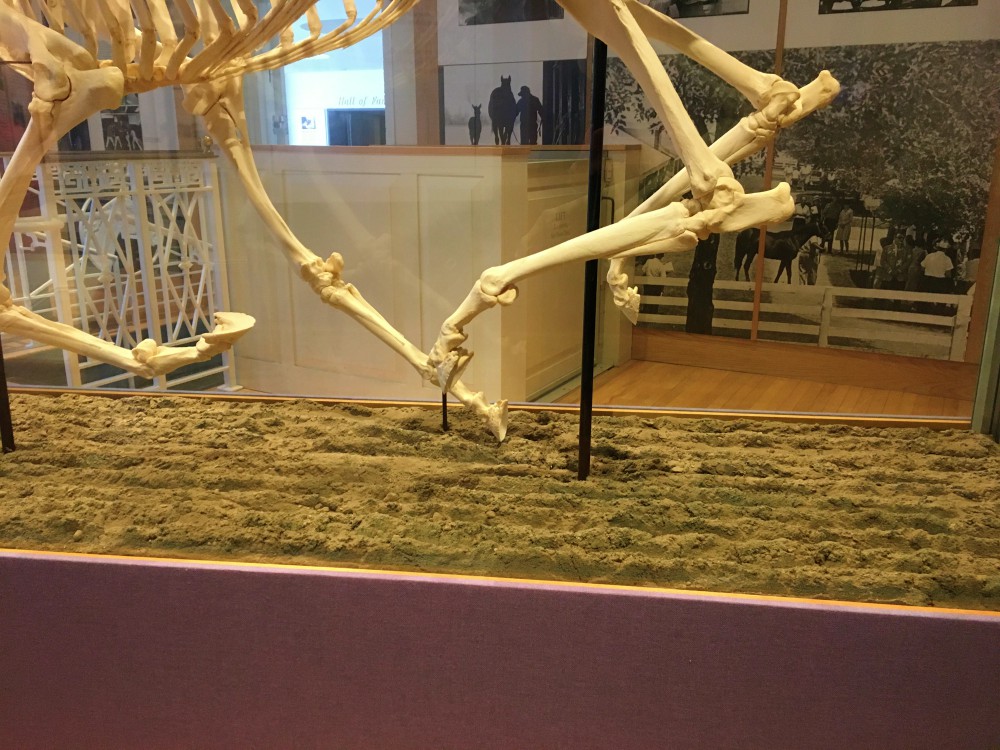 Point of gallop where all hooves are in mid-air.
Point of gallop where all hooves are in mid-air.
From here, you can watch a scoreboard simulation on the odds and placing of a horse race to understand more about how the betting and winning works on each race.
One of my favorite parts of the museum was the Hall of Fame.
This large space is lined with alcoves on either side of a general seating area for watching films.
The left side has dozens of plaques dedicated to the Hall of Fame-r horses, including names you'll certainly recognize.
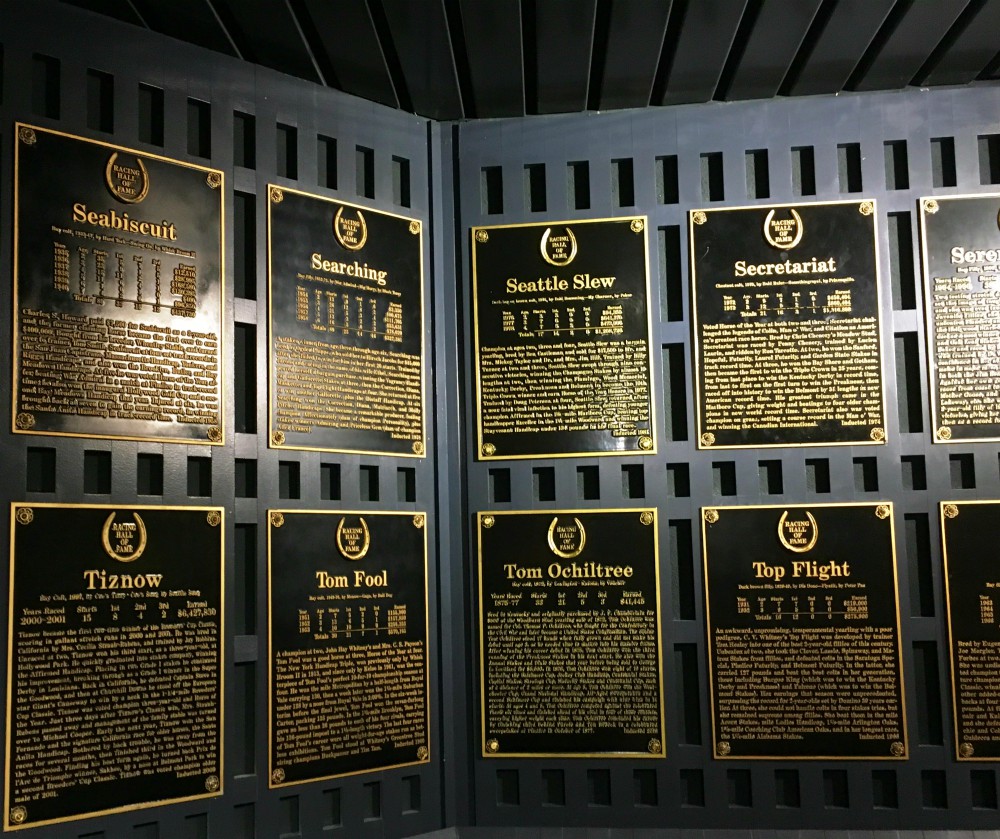 Seabiscuit and Secretariat, among others.
Seabiscuit and Secretariat, among others.
On the right side, famous trainers and jockeys are memorialized for their contributions to racing.
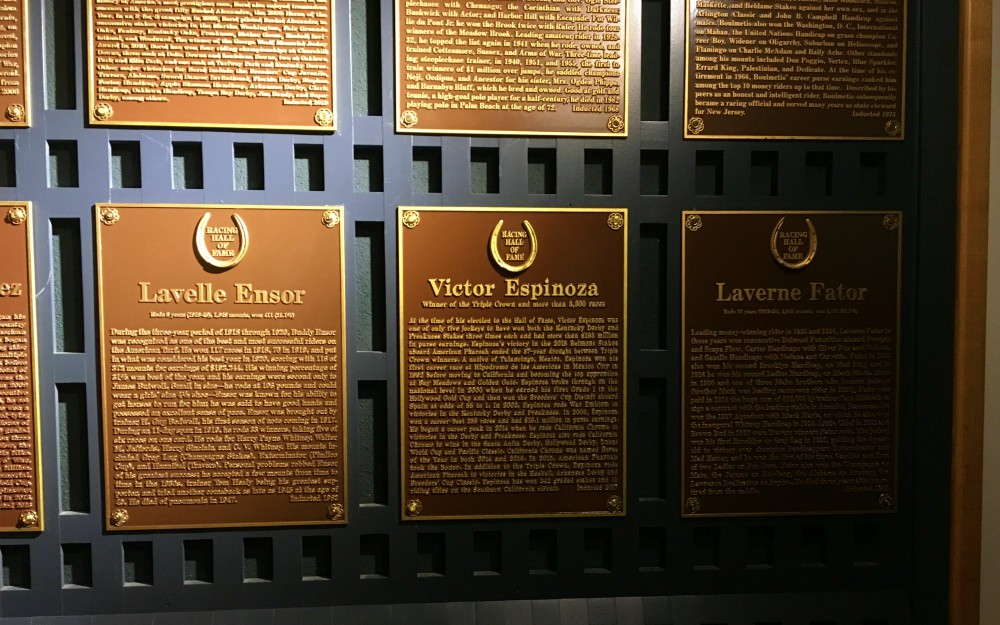 Victor Espinoza, jockey of 2015 Triple Crown winner American Pharaoh.
Victor Espinoza, jockey of 2015 Triple Crown winner American Pharaoh.
Saratoga has seen almost all of these horses and trainers as the Travers Stakes race course — the oldest thoroughbred horse race in the US — and Steeplechase course.
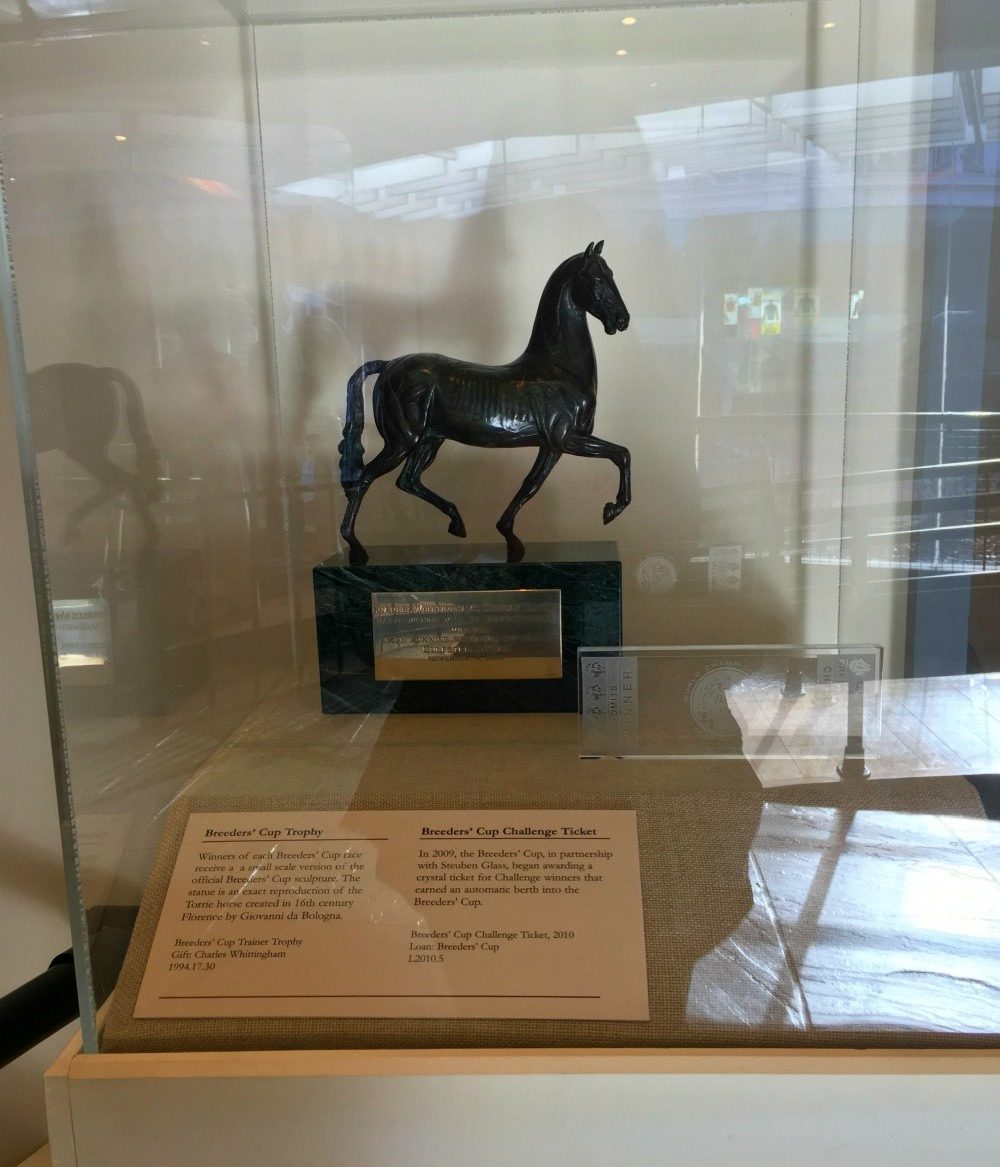 Breeders' Cup trophy — modeled after the Torrie horse in Florence by Giovanni da Bologna
Breeders' Cup trophy — modeled after the Torrie horse in Florence by Giovanni da Bologna
This track is nicknamed many things, including the "graveyard of champions," a nod to the number of winners who have come to Saratoga to be finally defeated.
Man O' War, one of the most famous horses for the bloodlines he sired and number of victories, is one such winner defeated by the Saratoga track.
I think what's most fascinating to me is how racing went from being a primarily aristocratic or elite society sport to a pastime that everyone can enjoy.
 Personal effects of Seasbiscuit's two major jockeys — Red Pollard and George Woolf
Personal effects of Seasbiscuit's two major jockeys — Red Pollard and George Woolf
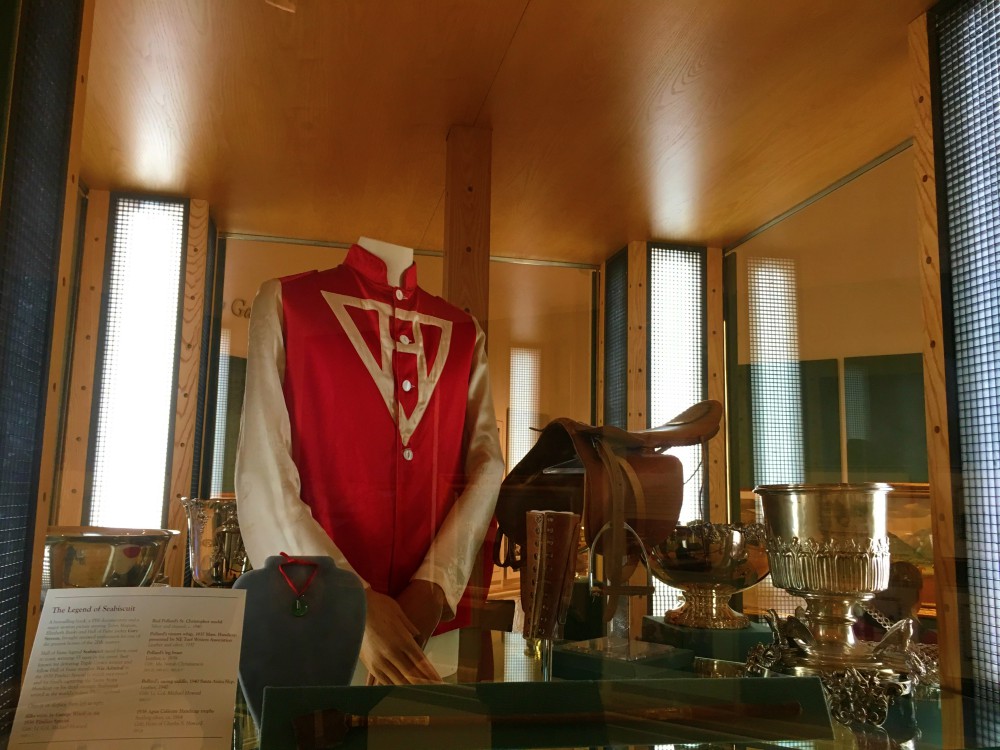 Red Pollard's colors, saddle, and St. Christopher medal (Red is portrayed by Tobey Macguire in the 'Seabiscuit' film).
Red Pollard's colors, saddle, and St. Christopher medal (Red is portrayed by Tobey Macguire in the 'Seabiscuit' film).
Of course, there are still the social elite who you can see in boxed seats at races who own several horses, but entry to a race is something that most can afford, making it a sport that everyone could enjoy.
Stay tuned for the beautiful art this museum houses!

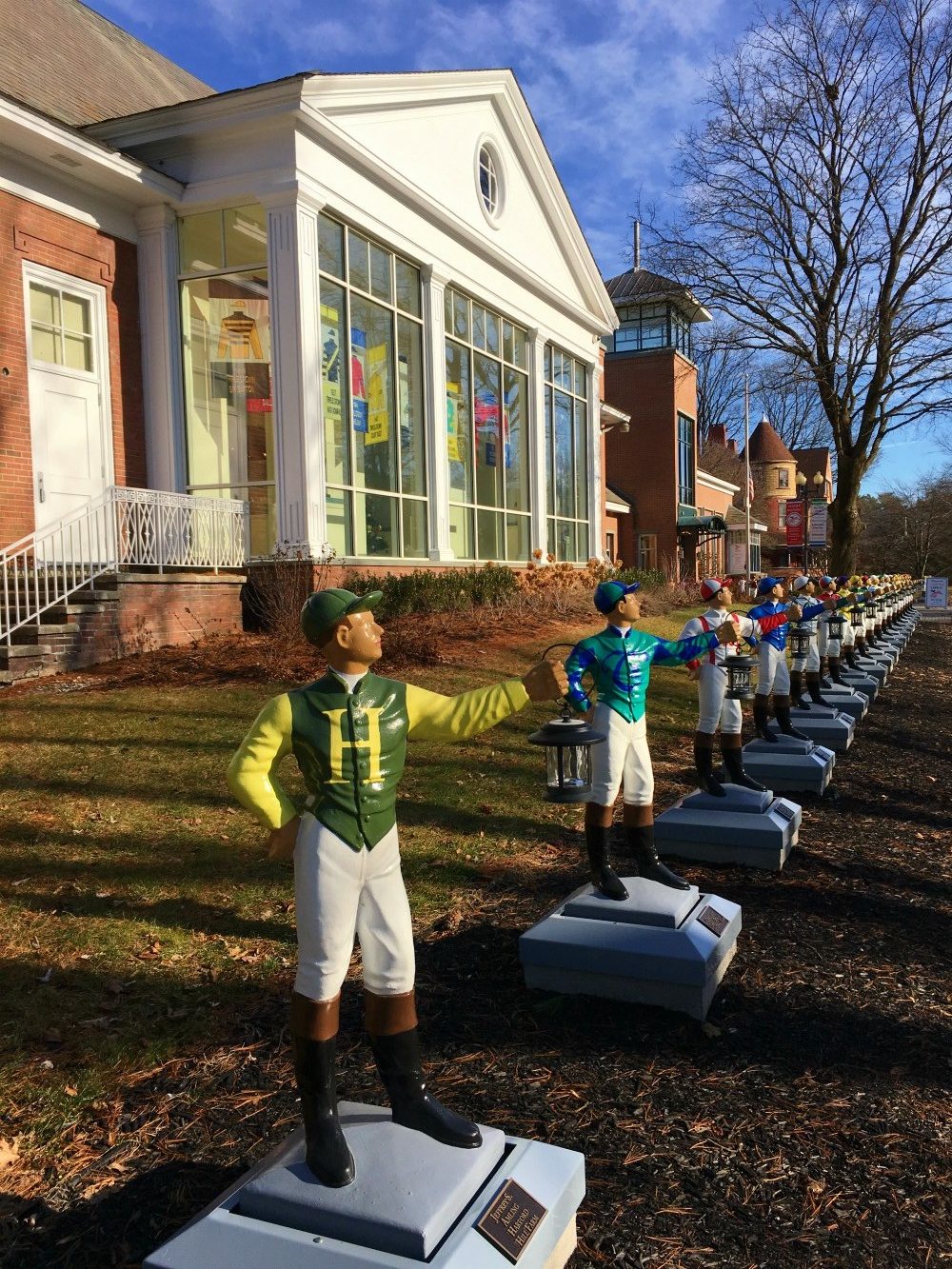



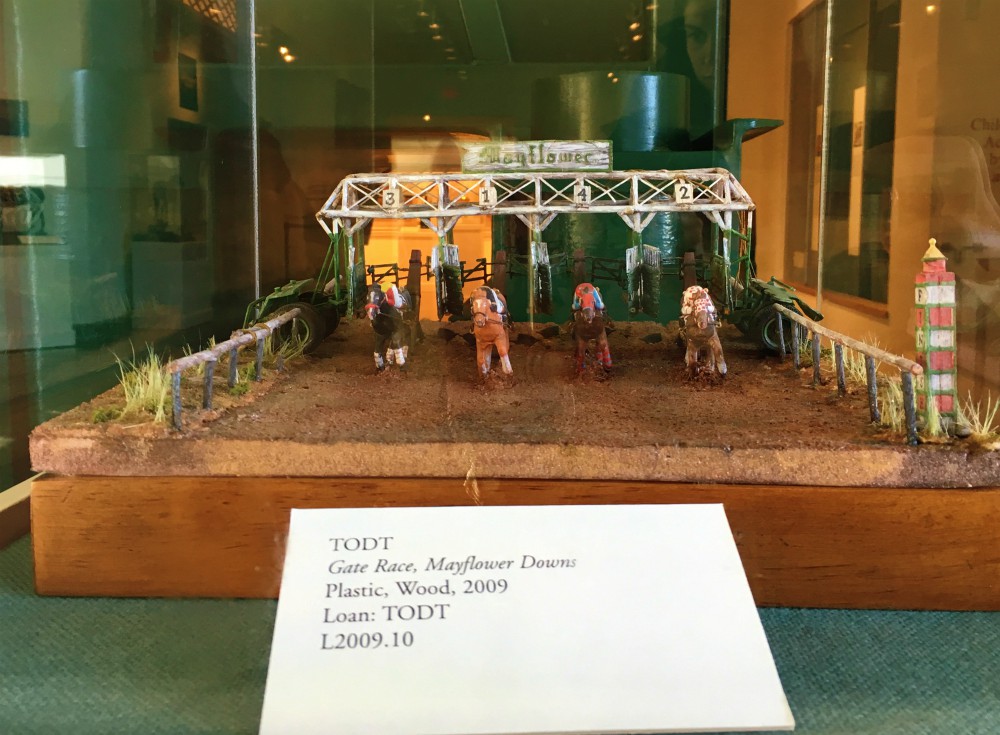
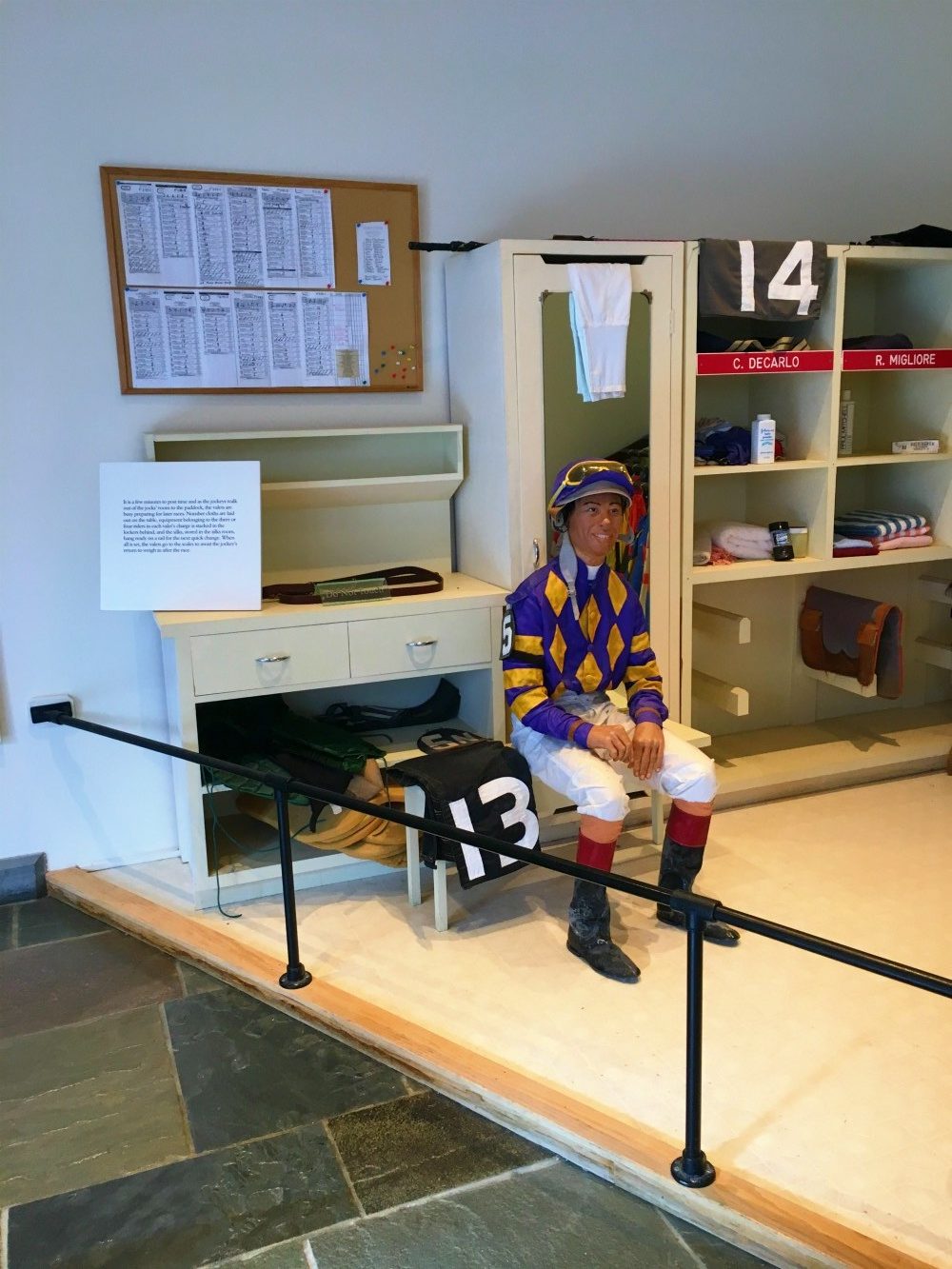
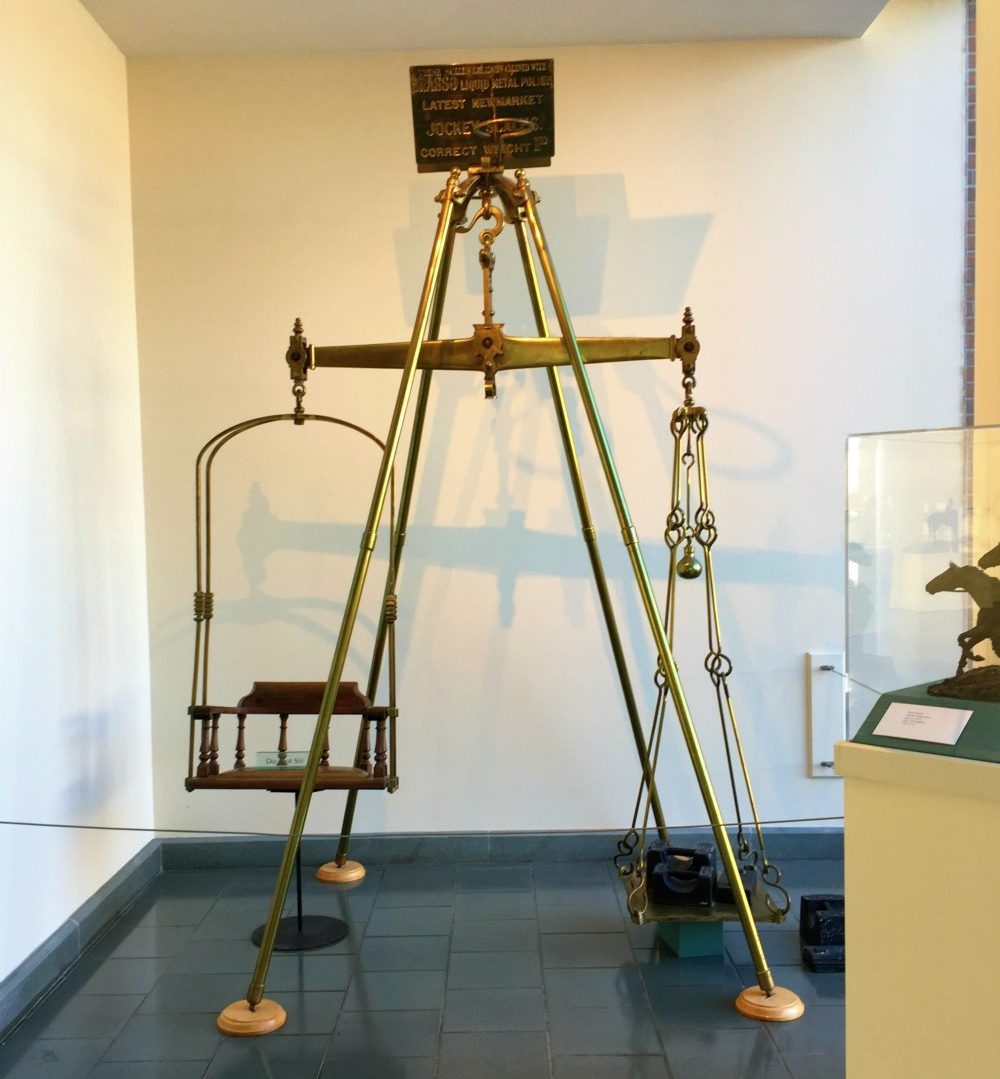
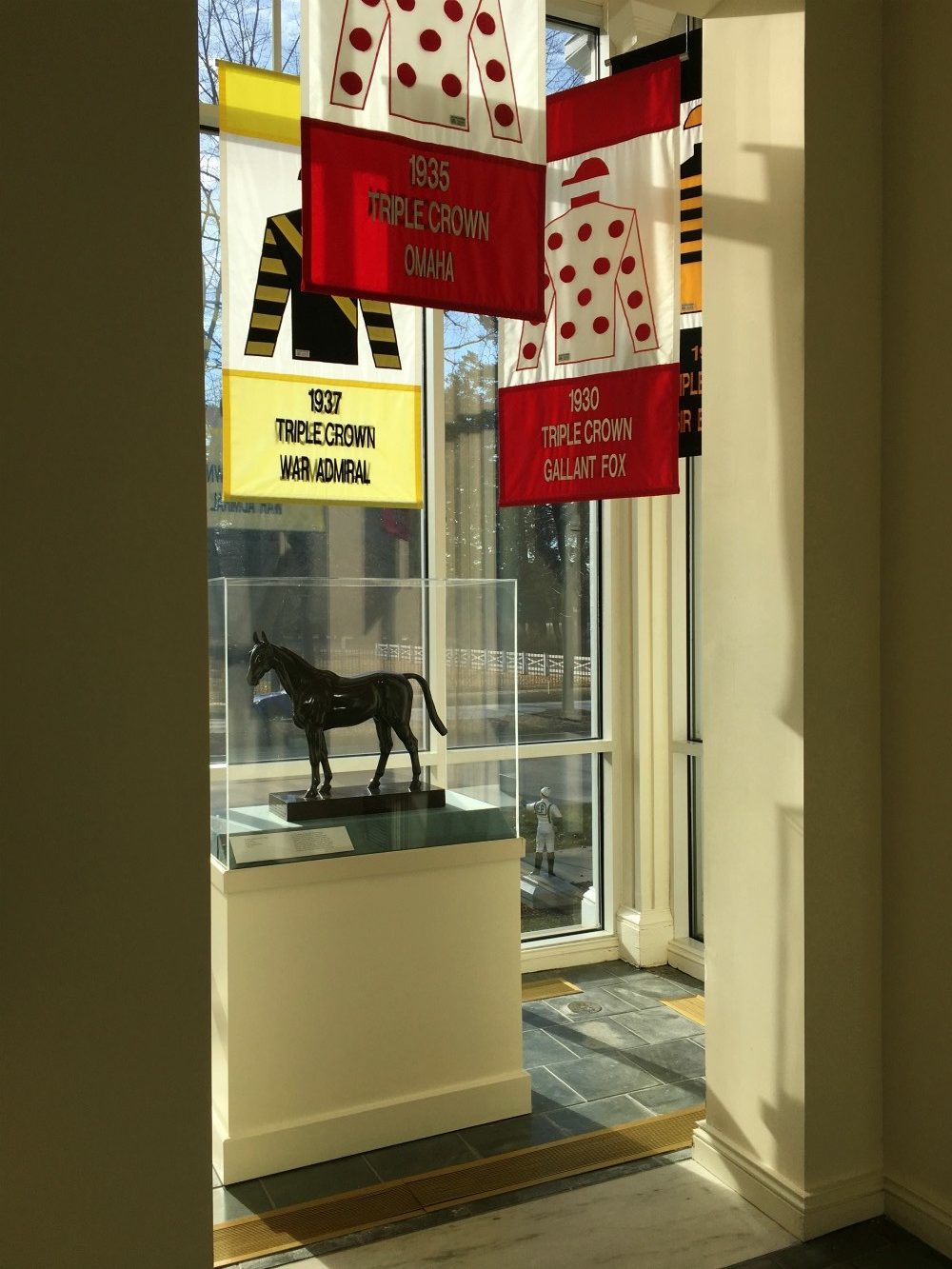
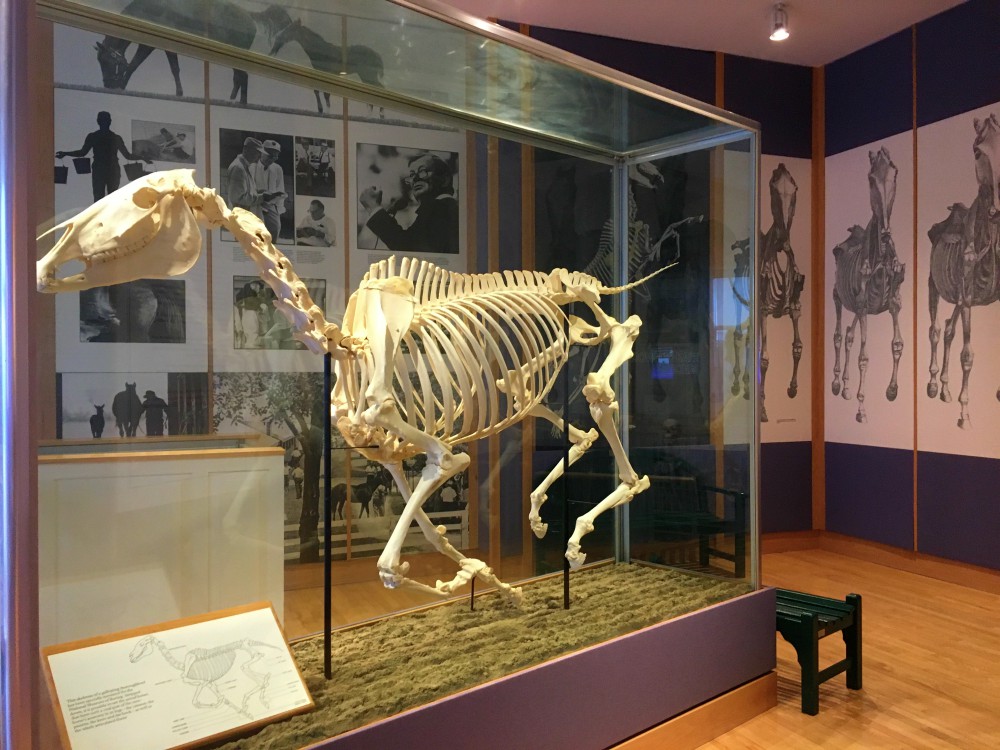
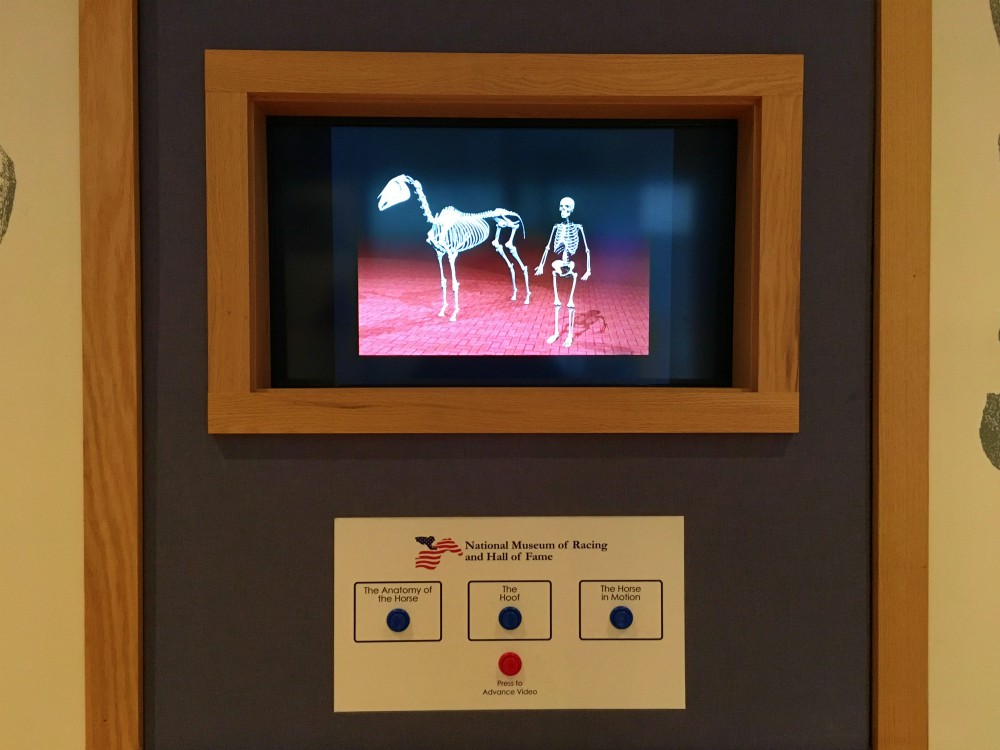
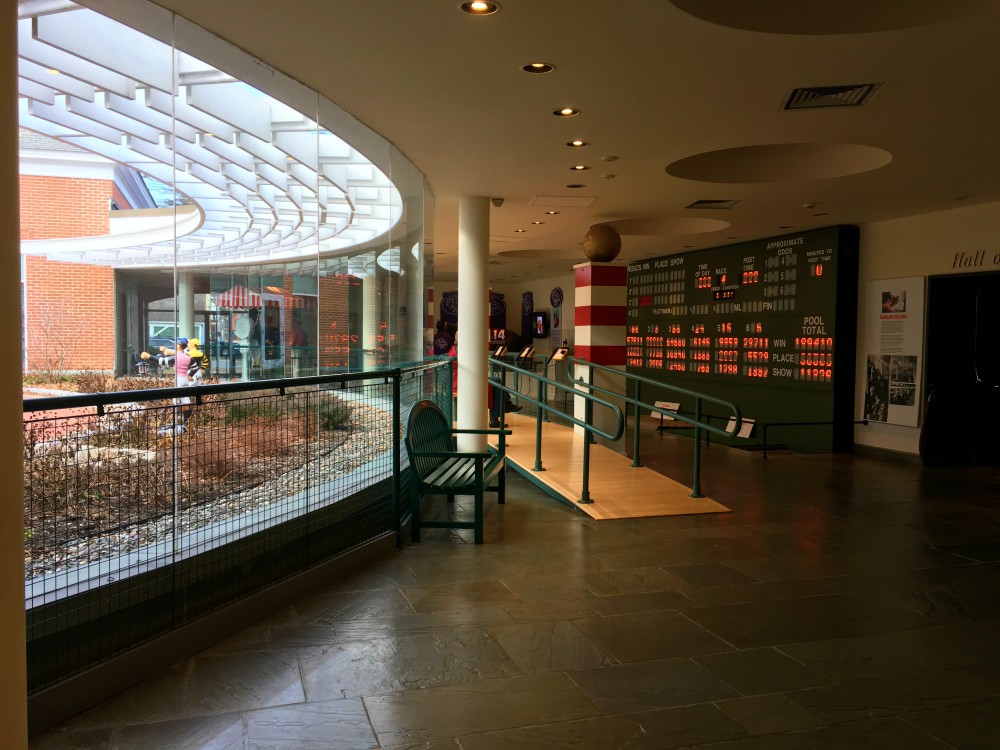
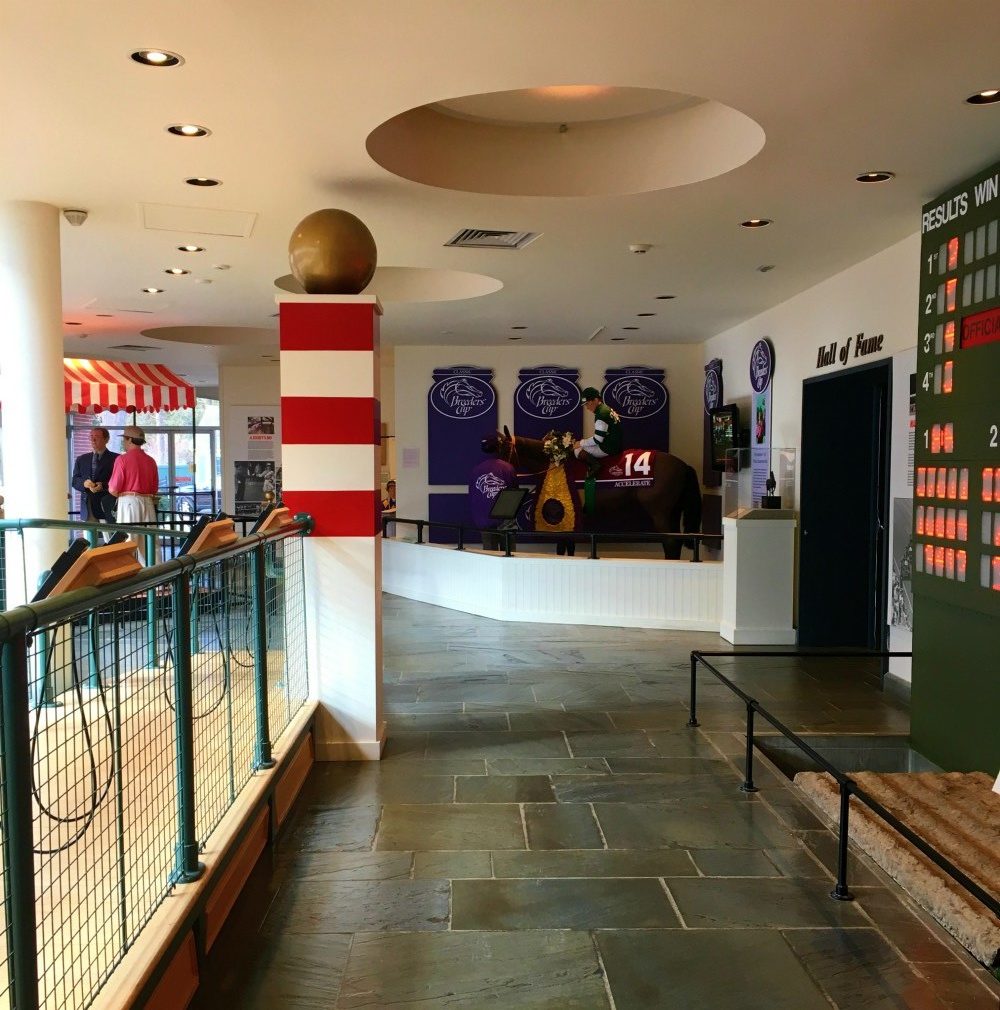
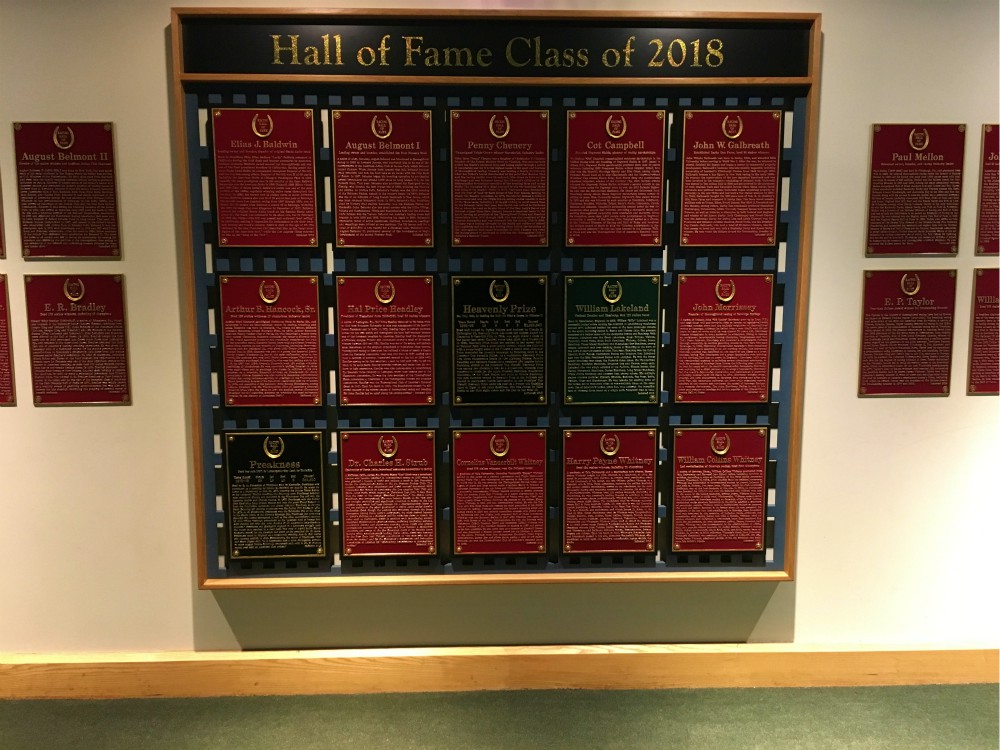
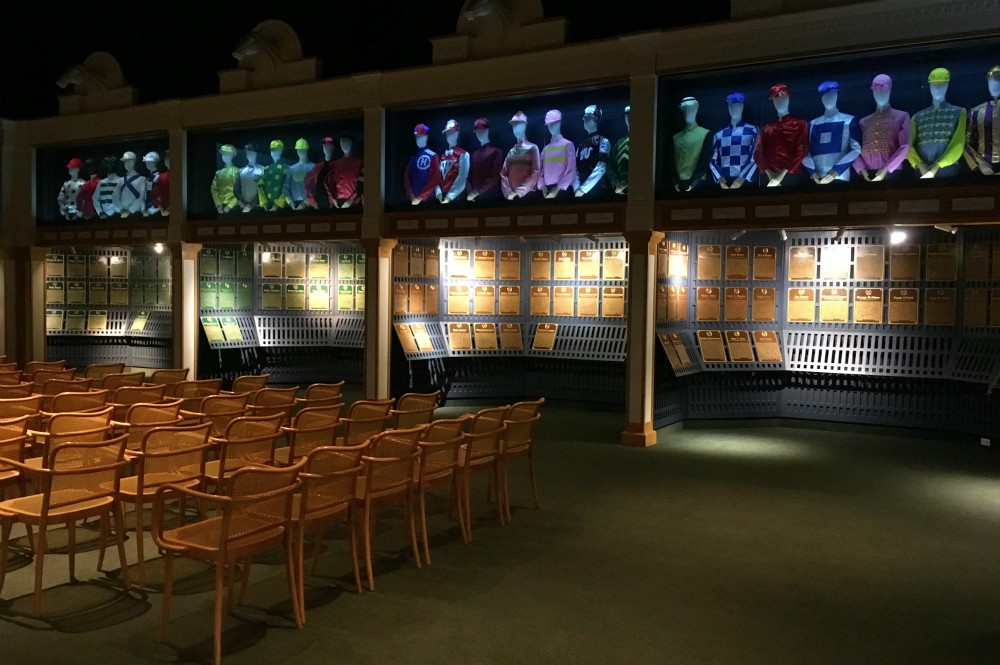
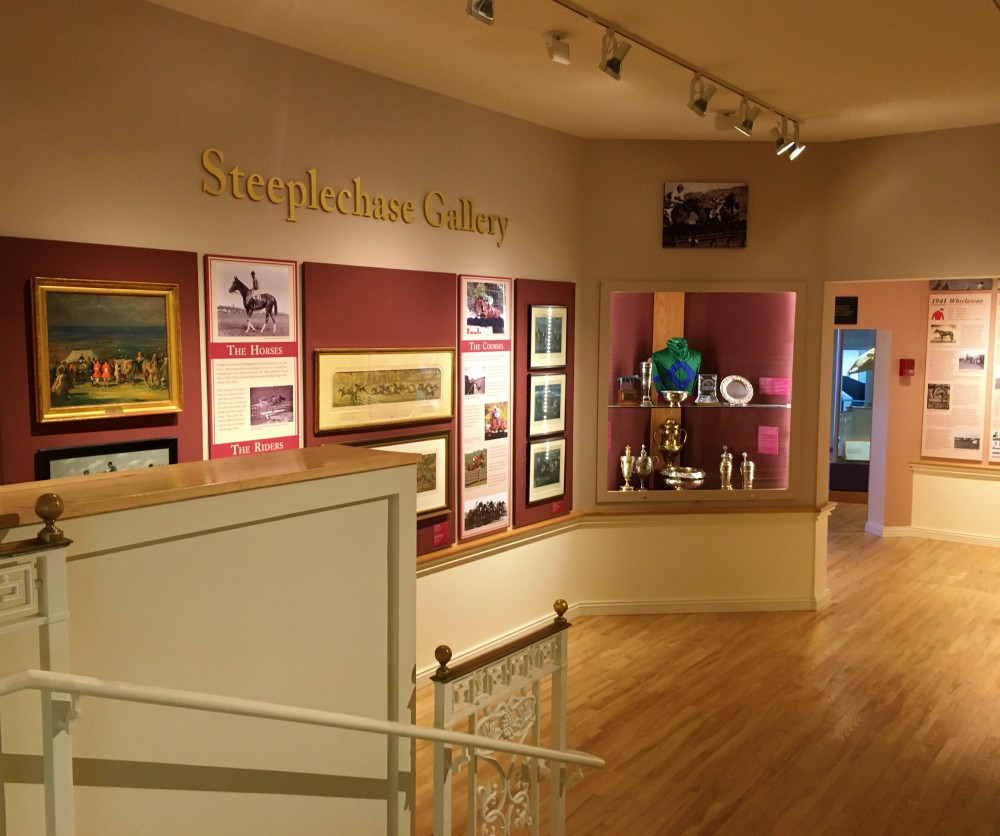
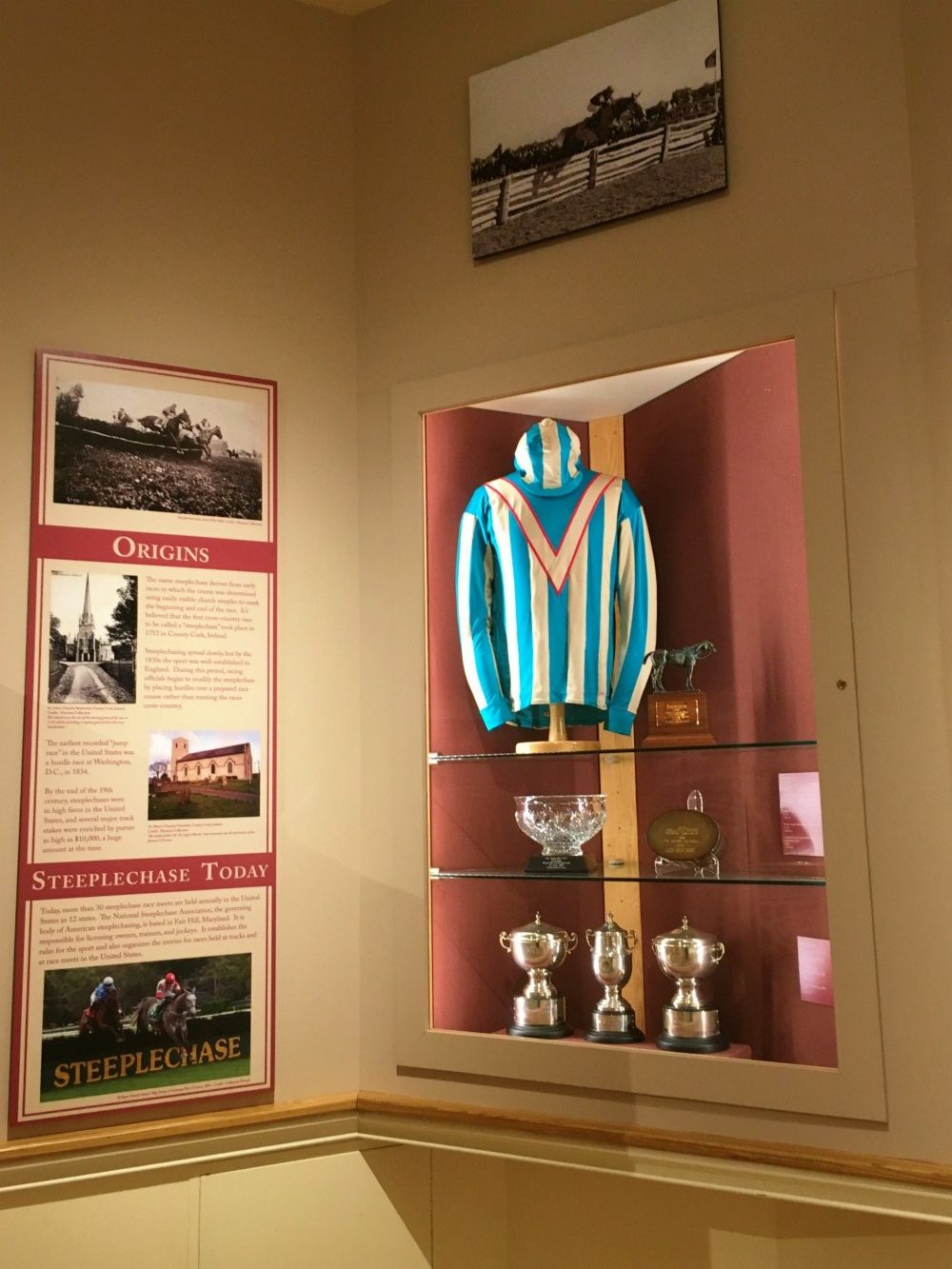
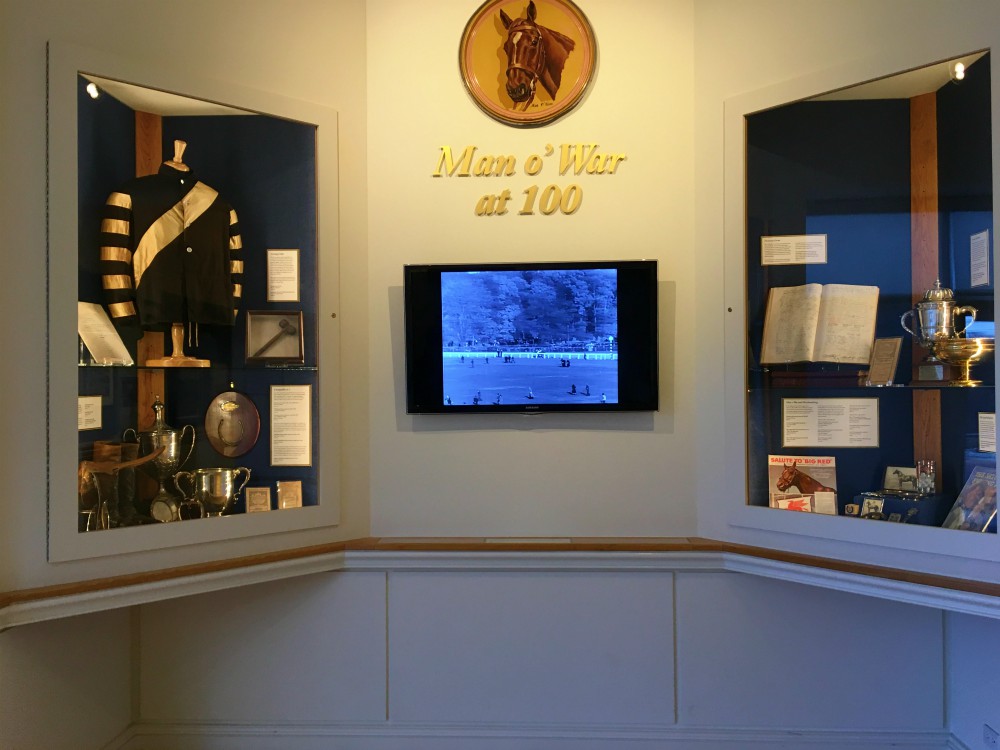
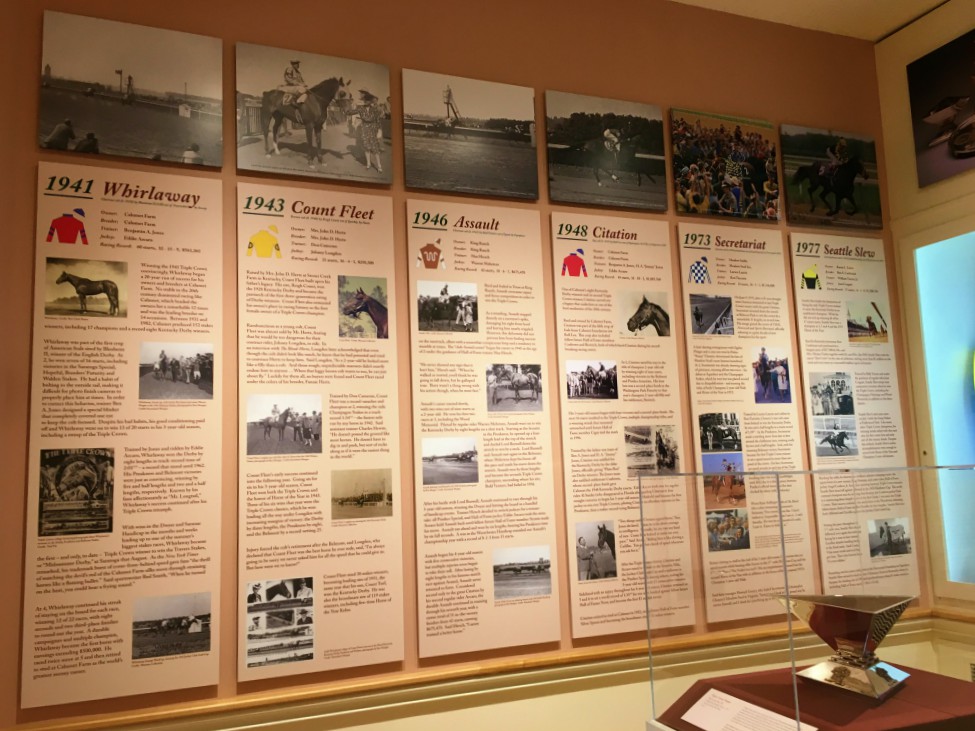
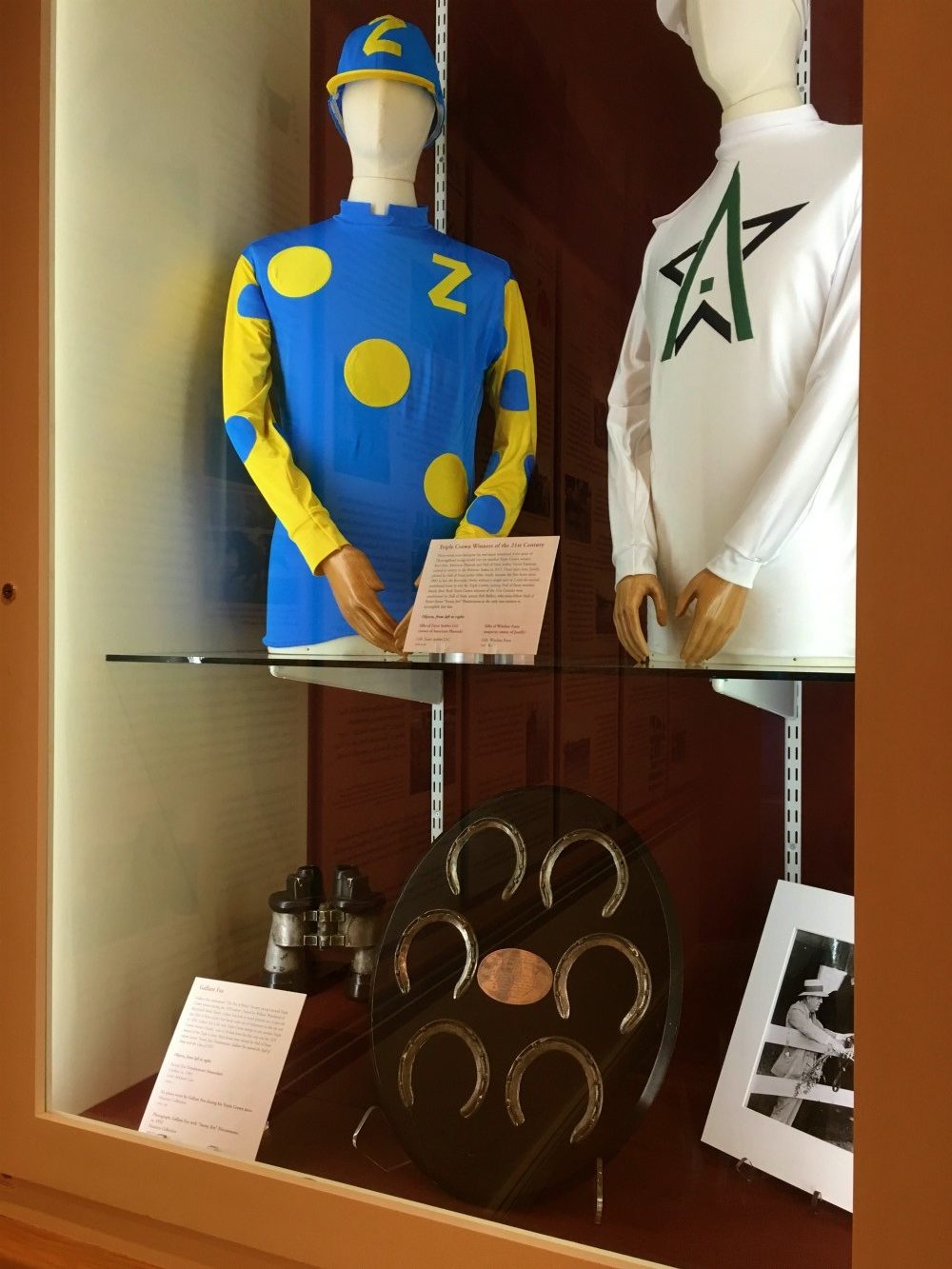
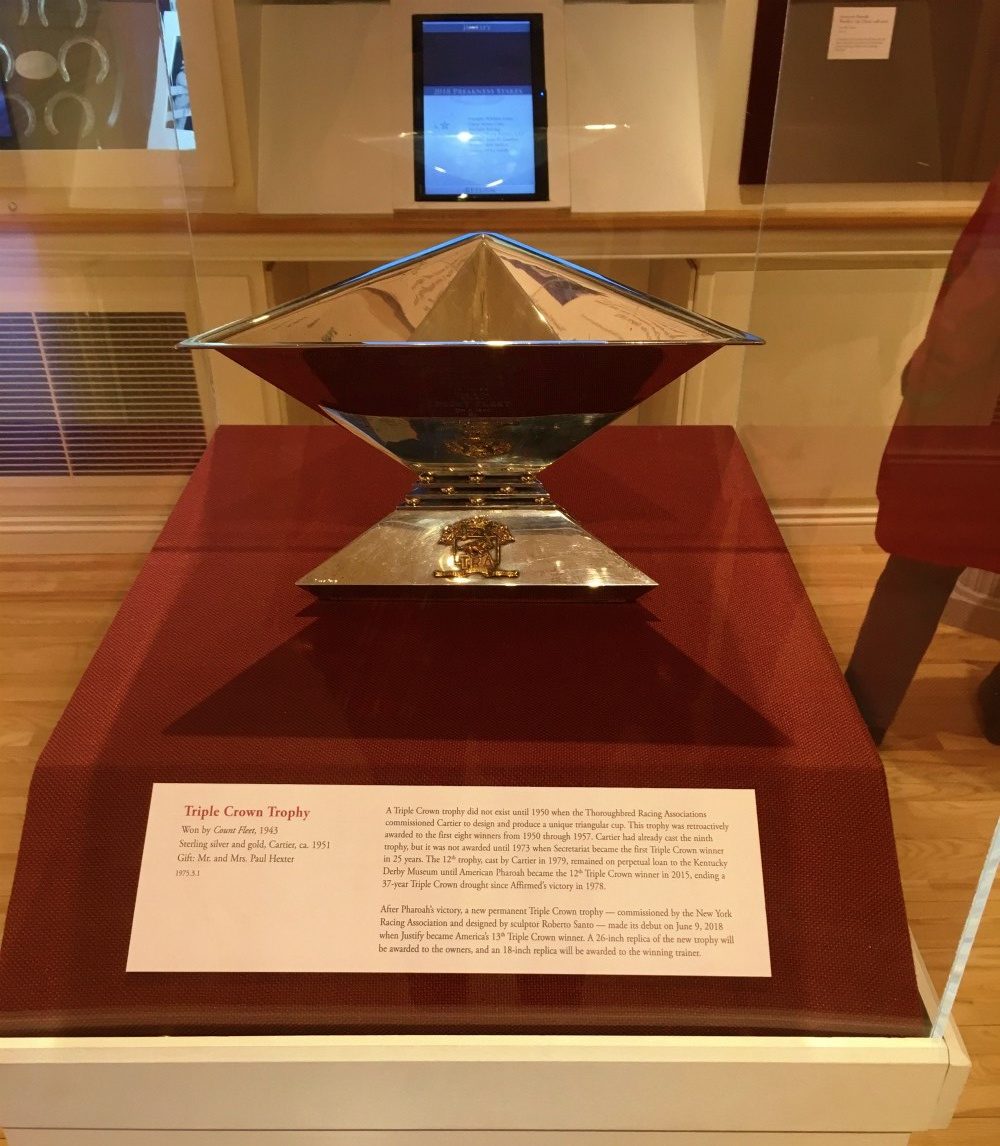
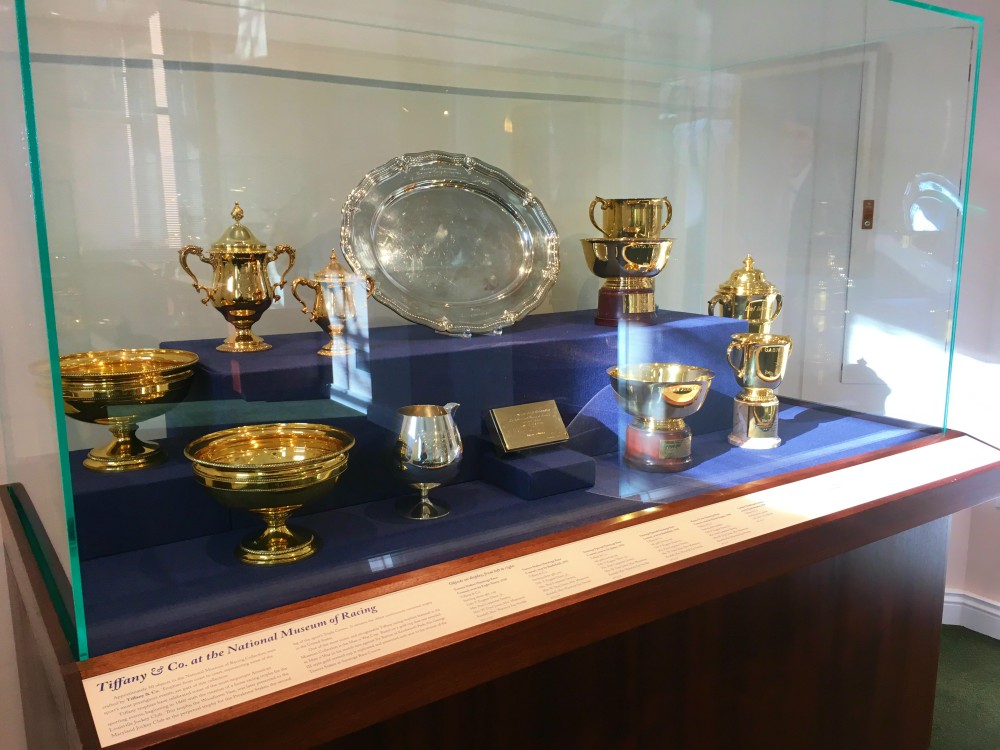
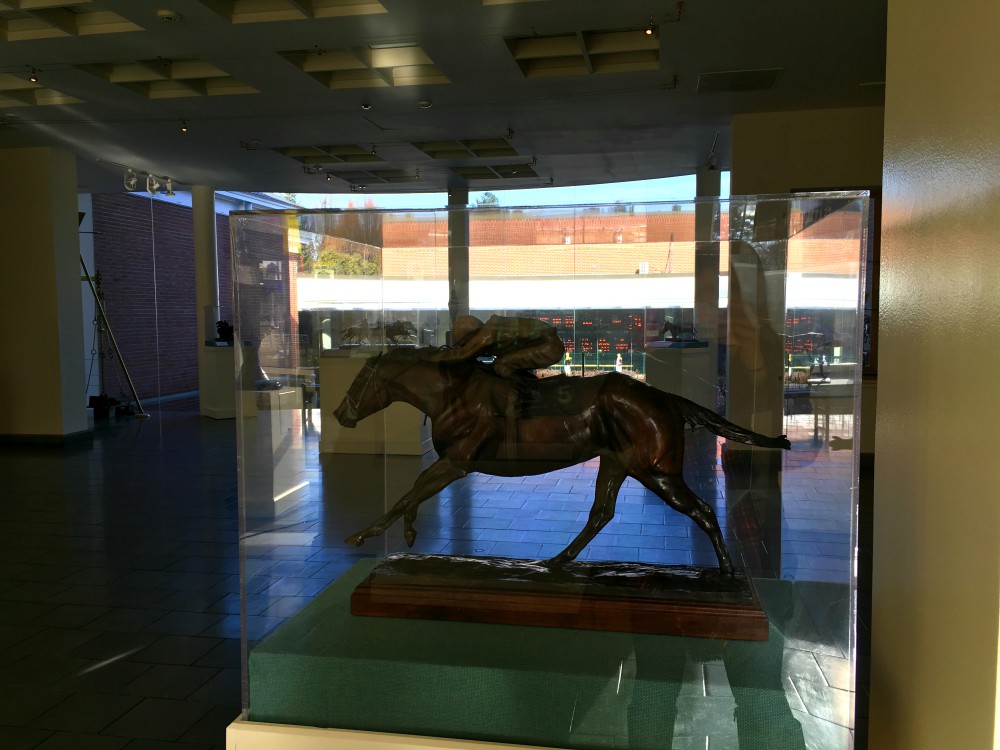
What a great way to present some incredibly interesting information. I can’t wait to visit the museum myself. Once again very well done, Beautiful Grace
It really is a well done museum!